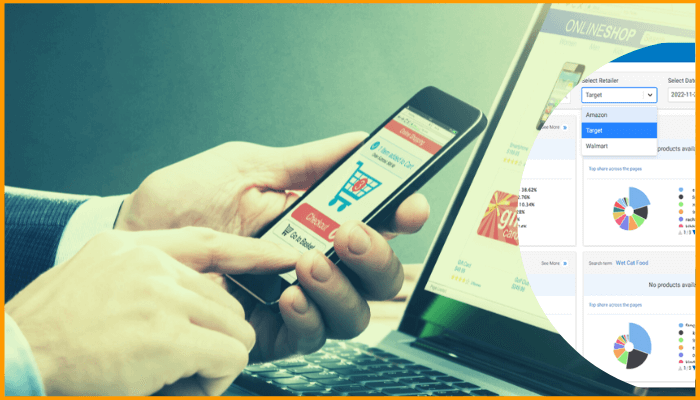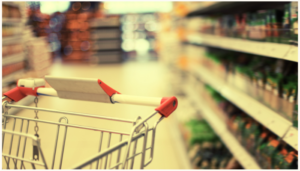Are Delivery Options Drowning Out Price Differentiation in Ecommerce?
Reading Time: 8 Minutes
Dynamic pricing capabilities for ecommerce retailers revolutionized shopper expectations when it came to the value of the products that they bought. For many shoppers, store loyalty disappeared since the hunt for the lowest price has become easier than ever.
Retailers, anxious to retain shoppers and drive revenue, quickly adapted by instituting price matching policies and adopting price monitoring technologies.
Now, price has become a follow-the-leader practice, limiting differentiation between retailers and frustrating brands trying to maximize profitability without the capability to maintain pricing standards.
Shoppers reap the benefits of this “race to the bottom” approach.
Delivery options are at the top of buyer preferences when making a purchase. Shoppers have already proven the willingness to pay a premium for 2-day, 1-day, or even 2-hour delivery timelines from retailers and services like Amazon Fresh, Instacart, and Shipt.
Ecommerce Delivery Options Demand Local Data
Expanding delivery choice as another extension of end customer convenience is making managing availability, pricing and ease of deliverability more complex for brands and retailers.
Today, the need for store or zip-code level data is crucial to have an accurate picture of your ability to meet the various delivery options that customers expect.
It is a very real occurrence where a shopper will first compare prices at different retailers and then delivery options. Just like price historically could drive a shopper to change retailers or product, today’s shopper may look for other options if the ease of deliverability is not present.
With the shift in buying behavior of customers during and post pandemic, it is evident that customers prefer convenience. They are willing to spend more to get groceries and other online purchases delivered to them.
The Progressive Grocer Article, “Shoppers Expect Fast, Free Delivery and Are Sticking to Online Grocery Buying: Report”, cites a Coresight Research study in stating, “the #1 feature that is “very important” to U.S. consumers when choosing a retailer or brand is fast, free delivery for online orders.”
With this, brand loyalty can sometimes go out of the window based on the availability of the product to be delivered via Amazon Fresh, Instacart, Shipt, Doordash or Uber. In some cases the same can be said for click and collect offered by the retailers directly in just a few hours or the next day.
If a specific brand that a customer is generally used to purchasing is not available or the preferred delivery option is not available, customers may replace the product or even consider a different retailer. Getting these customers back in your store or your product back in your cart proves to be difficult and often expensive.
As a result, both brands and retailers need to have real-time, local data to know how availability aligns with delivery possibility and how competitors can meet or exceed the pricing and deliverability of a similar product.
Delivery Demand Will Continue to Evolve
Realistically, shoppers have tolerance for both price and deliverability flexibility.
However, too many brands and retailers still lack access to the data they need to make decisions and investments in the areas that can impact profitability and sales as they relate to prices and deliverability.
The immediate concern is identifying whether you are capable of looking at deliverability as a variable metric, have access to zip-code level data and can identify and act on the opportunities and risks the data reveals.
Why zip code? Availability and pricing can give you an edge on attracting customers. For a brand it is important to know as part of the supply chain effort, whether or not your product is reaching the intended stores as promised by the retailer. If the brand is investing in a store level promotion but turns out the inventory either was low or never reached the store on time, the uplift expected with the promotion will not reflect. For a retailer on the other hand availability of the product in the region as compared to their competitors gives an edge in inviting customers to your store as compared to your competitors.
The brands and retailers that figure this out, will have a significant advantage over competitors in their ability to meet the needs of today’s shoppers and adjust as delivery options, methods, technologies and associated costs evolve.
The Latest Insights – Straight to Your Inbox
Sign up for the Bungee Tech mailing list for actionable strategies, upcoming events, industry trends, and company news.














